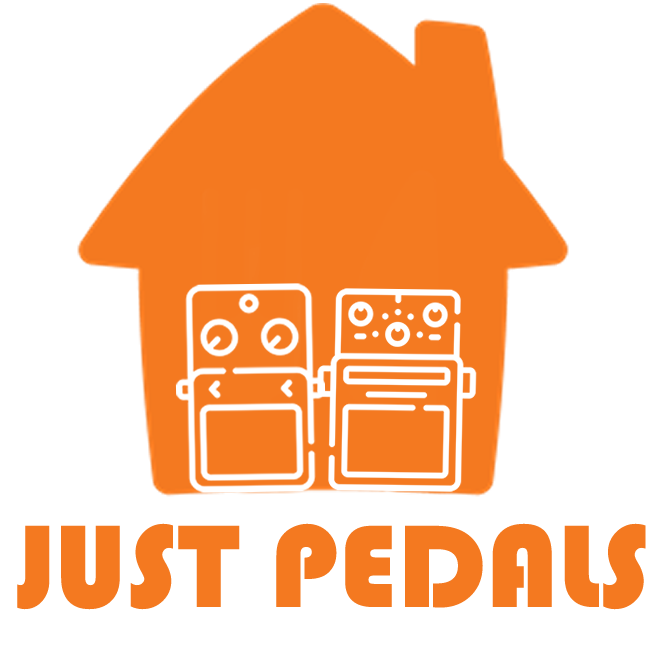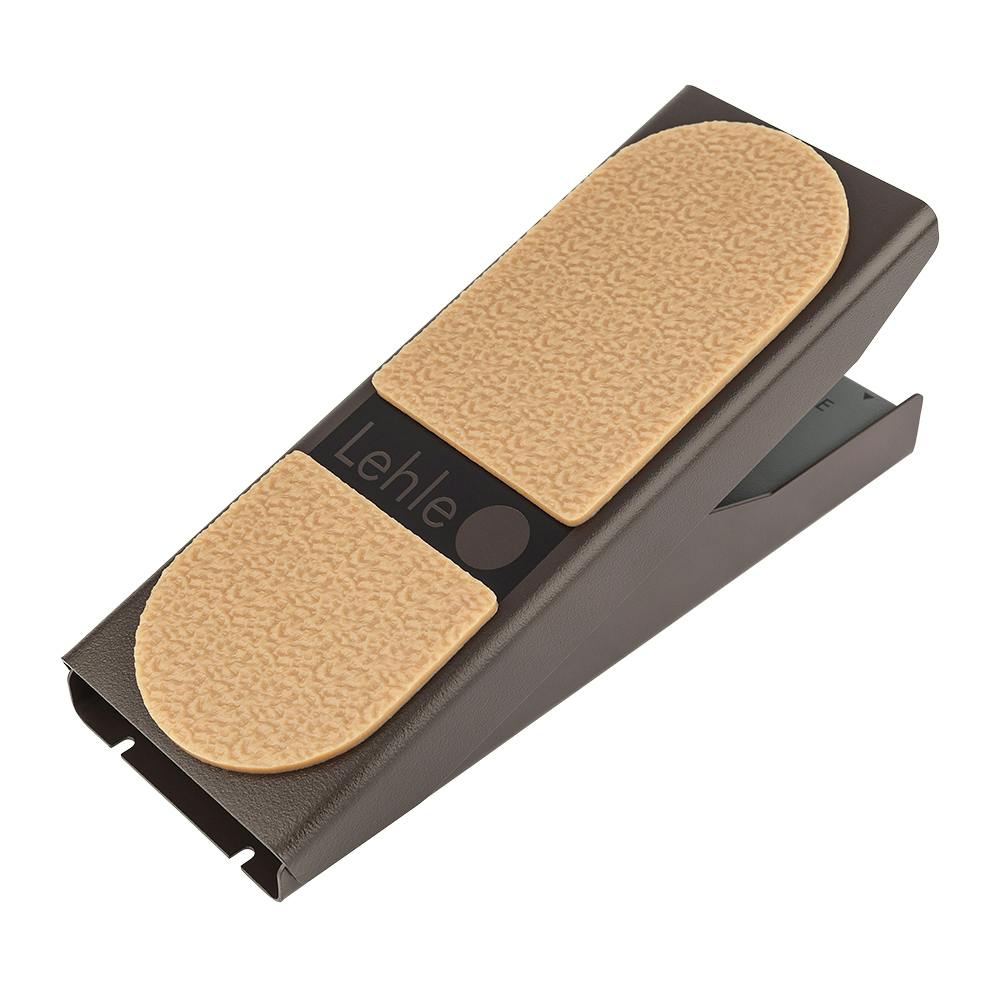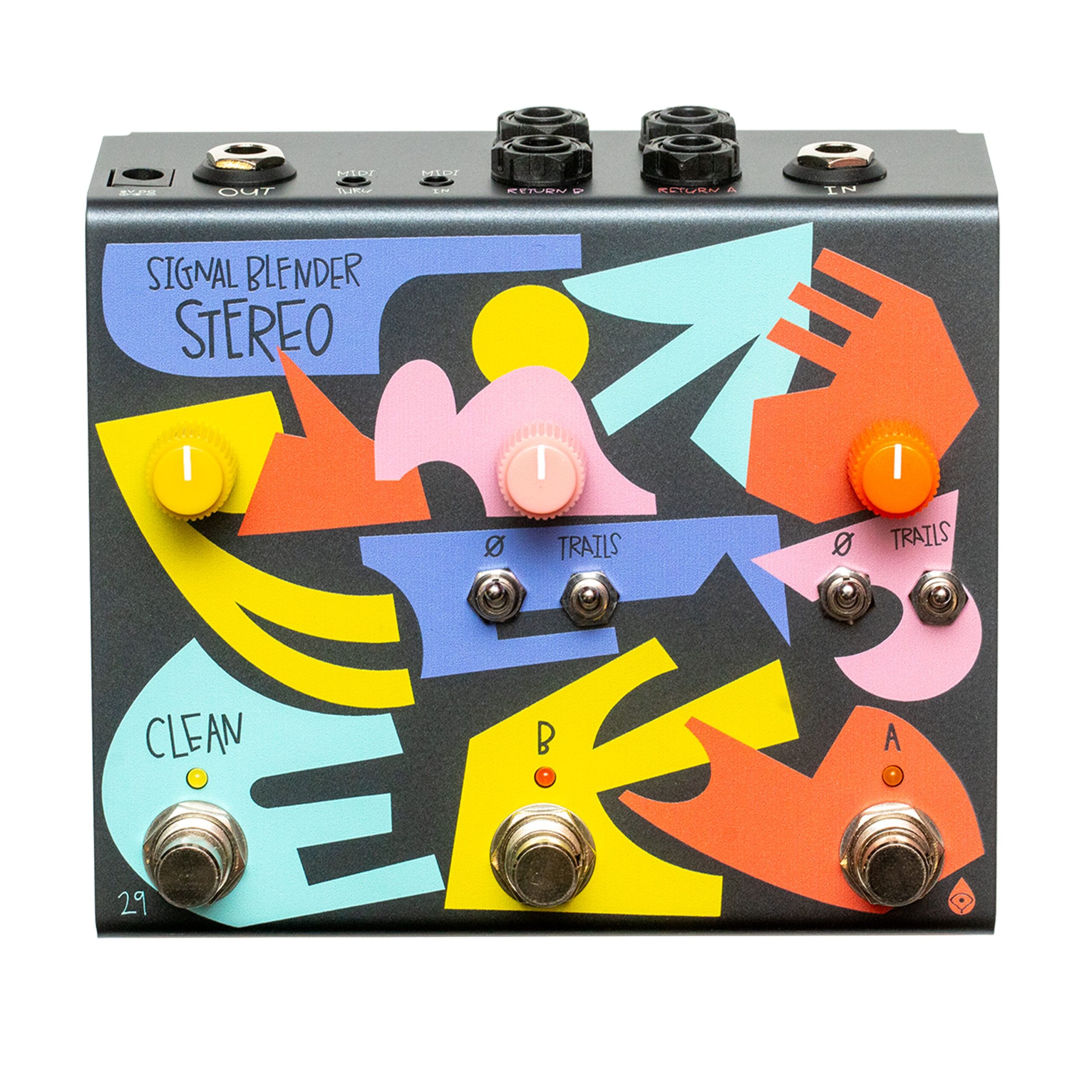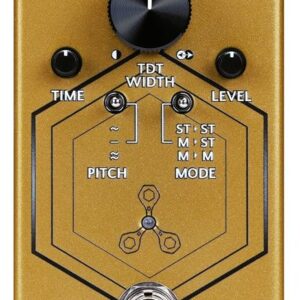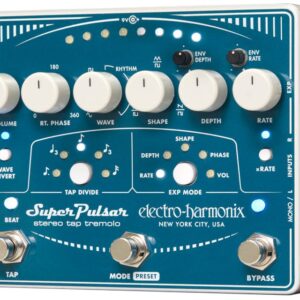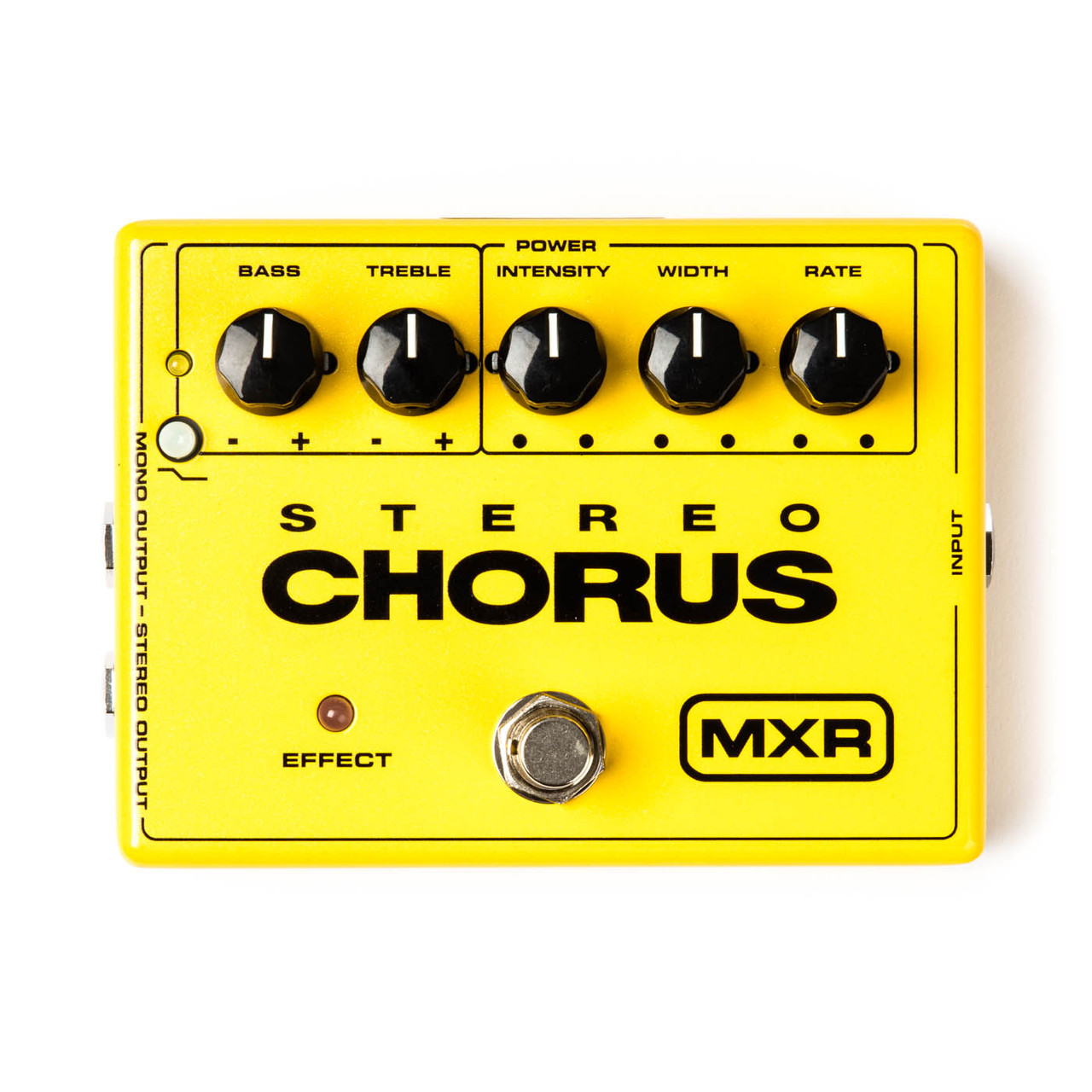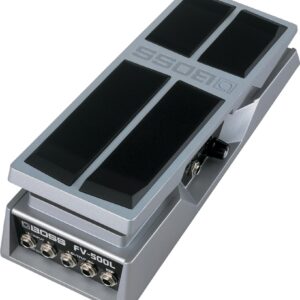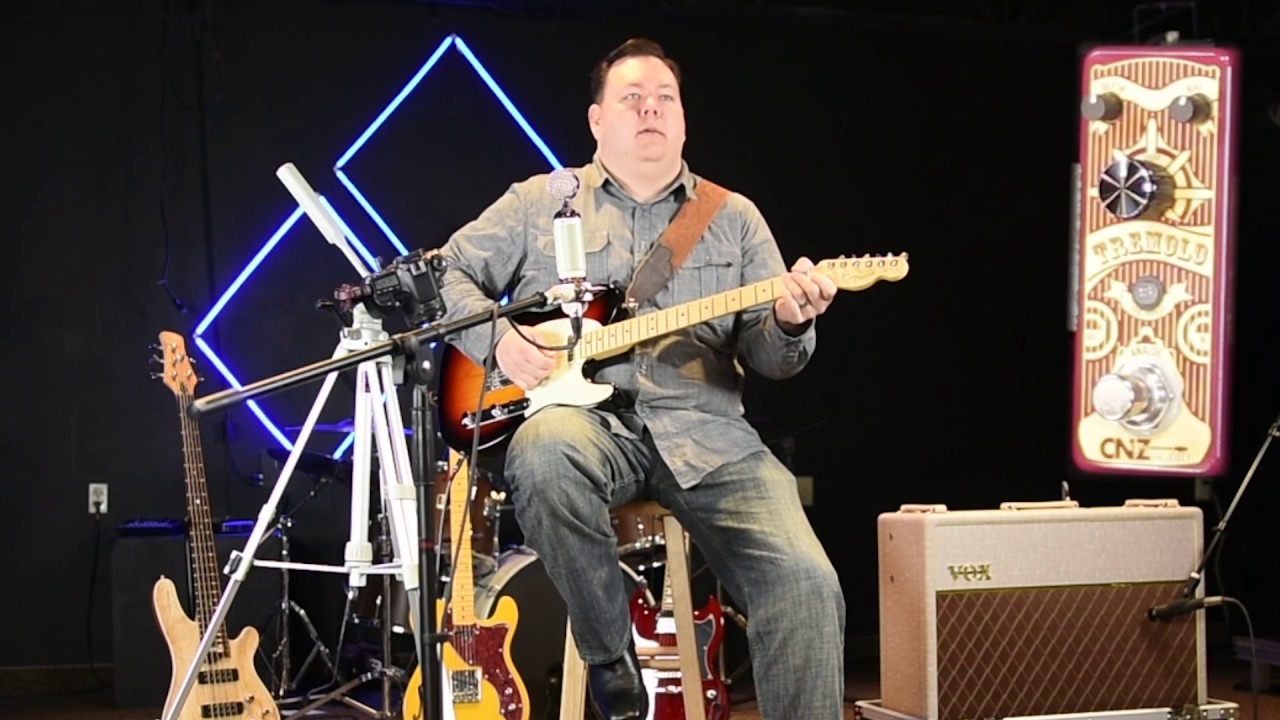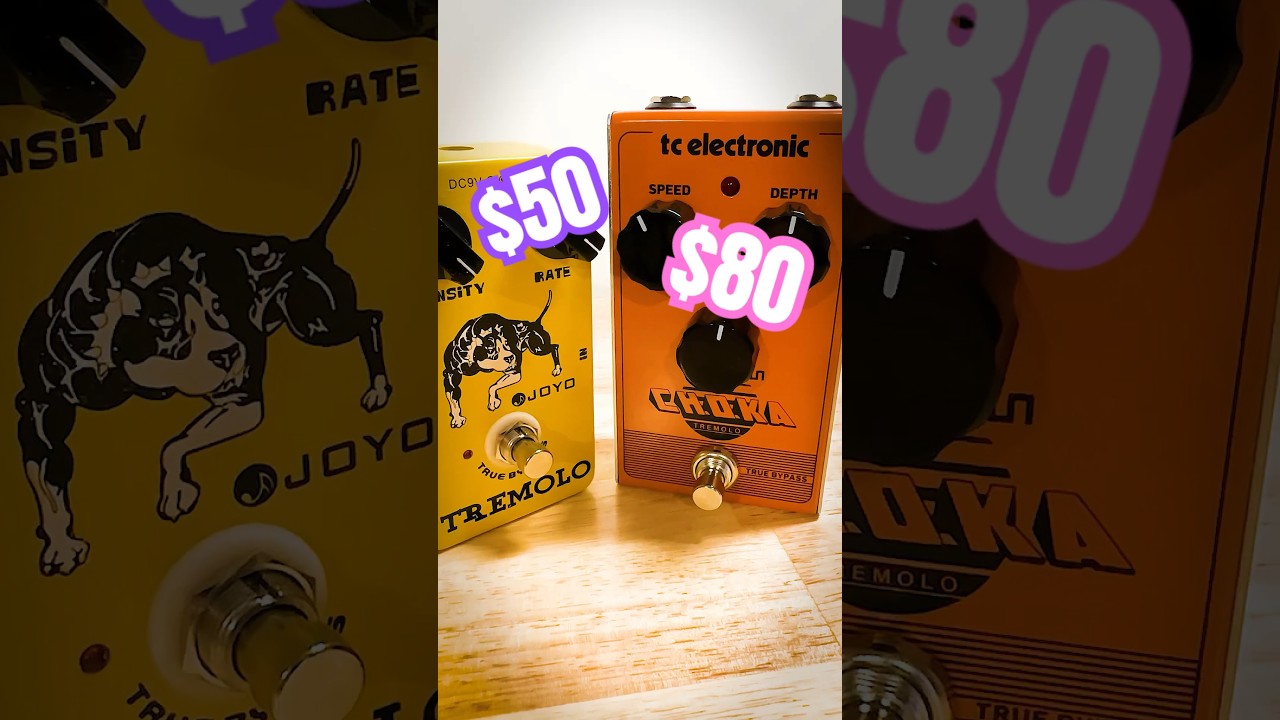Description
The Lehle Stereo Volume is currently retailing at £225 and it is out of stock. Available to be delivered to you by post direct (some charge may apply).The team at Just Pedals think that Lehle nailed it with the Lehle Stereo Volume.
Here's what Lehle have to say about the Stereo Volume:
The Lehle Stereo Volume is a volume pedal equipped with a precise magnetic sensor enabling it to operate almost wear-free. This sensor uses the Hall effect, named after Edwin Hall, to measure the strength of magnetic fields. In the Lehle Stereo Volume, the Hall sensor, which is made in Germany, is accurately calibrated to the built-in magnet and the control range of the pedal. The pedal moves only the magnet, the distance is measured by the Hall sensor which controls a VCA.
A premium Blackmer Stereo-VCA (Voltage Controlled Amplifier) from the United States replaces here in this case the mechanical potentiometer. The principle of the voltage-controlled amplifier is based on the fact that gain can be varied by the control voltage coming from the Hall sensor. This technique allows to operate more precisely than conventional mechanical potentiometers or optical sensors used by the standard volume pedals. In addition the potentiometer-typical noise and the complicated adjustment are eliminated.
Over the entire control range the Lehle Stereo Volume transmits the full sound spectrum of the connected instrument. The input and output impedance always stay the same, ensuring that there will be no damping of higher frequencies as with potentiometers.
Internally, the input voltage coming from the power supply socket of the pedal is rectified, then filtered, stabilized and doubled to 18V, thus achieving a total dynamic range of 110 dB.
The volume control of the Lehle Stereo Volume ranges from -92 dB to 0 dB – so from a virtually muted level to the same volume.
The Lehle Stereo Volume runs mechanically extremely smooth and steady, as it is equipped with low-friction bearings of a high-performance polymer, and there is no mechanical transmission of the pedal to other components. By means of an adjusting screw the mobility of the pedal can be modified very precisely.
The Lehle Stereo Volume can both distribute one signal to two outputs and add up two input signals to one output: If only a mono signal is supplied, the signal can be split and sent to two different output channels using the split-function. An input stereo or a dual-mono-signal can be merged to mono via the summing function. The balanced (TRS) as well as unbalanced (TS) outputs make the Lehle Stereo Volume fit for use in studios or FOH-environment, e.g. to control the amount of real-time effects or signal busses.
